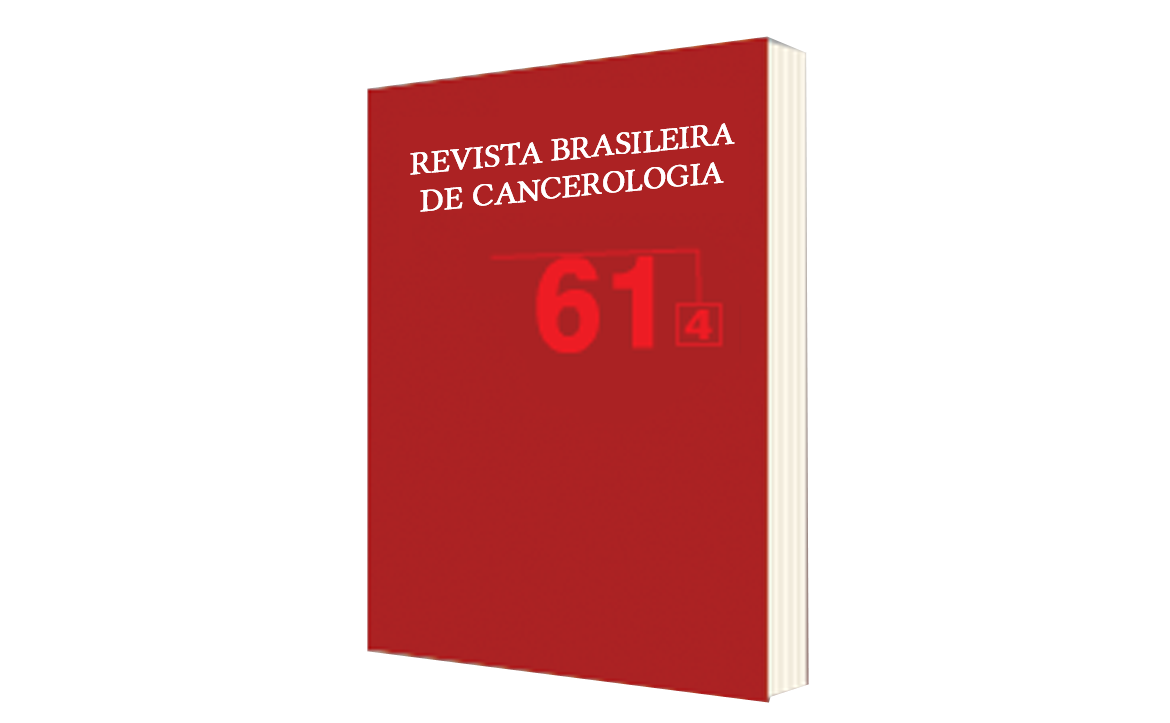Cervical Cancer and HPV: Women’s Knowledge after Nursing Consultation
DOI:
https://doi.org/10.32635/2176-9745.RBC.2015v61n4.220Keywords:
Uterine Cervical Neoplasms/prevention & control, Papillomaviridae, Papanicolaou Test, Family Health Strategy, Health PromotionAbstract
Introduction: Although it is preventable and, if caught early, has a good prognosis, cervical cancer is a significant public health problem. Some of the main factors making preventative practices more difficult include lack of awareness and views of the disease and of the smear test. Objective: To understand the capacity of assimilation of information about the human papilloma virus and cervical in women who have undergone the smear test through the information and or guidance given during nursing consultations. Method: This is a qualitative study using saturation sampling. The empirical categories were analyzed using Bardin’s content analysis technique. interviews on five main issues were conducted and recorded with ten women after their consultations on prevention with Family Health Strategy nurses. Results: Three distinct categories emerged from analysis of the data: lack of knowledge about the human papilloma virus, not using condoms and guidelines given for avoiding cervical cancer in smear test consultations. Conclusion: This study shows that lack of knowledge about the human papilloma virus and the link to cervical cancer persists in women after FHS nursing consultations for preventing this type of cancer, indicating inadequate communication between nurse and patient during consultation.









